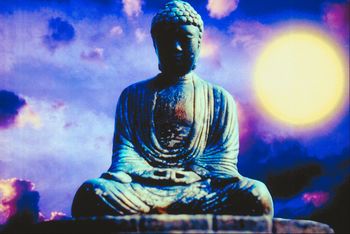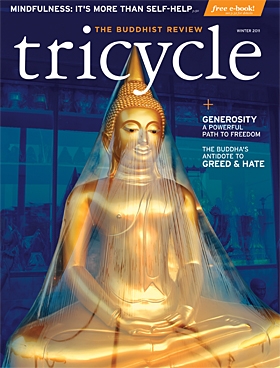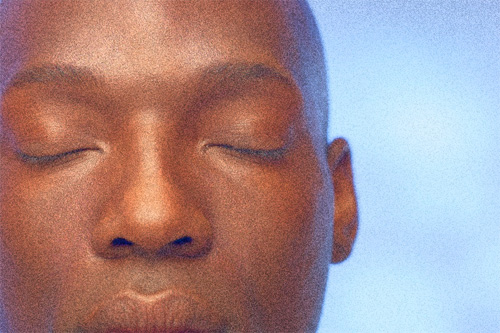 Except from the article “From Thought to Stillness: Breathing Life Into the Suttas,” by Rodney Smith | TRICYCLE, Winter 2012 |
Except from the article “From Thought to Stillness: Breathing Life Into the Suttas,” by Rodney Smith | TRICYCLE, Winter 2012 |
Read the whole article by becoming a Tricycle online member

By Rodney Smith | Tricycle Winter 2012 |The constant inquiry among meditators is how to maintain awareness, but the question is being considered from the wrong end of the suffering continuum. The anxiety associated with the continuation of awareness is suffering, and becoming more worried about how we practice does not move us in a wise direction. We can begin to see how our personal struggle to be mindful is misplaced when we observe the sense of self arising within our effort to maintain mindfulness. The harder we try in this, the more forgetful we become. Since the sense of self is the embodiment of the absence of awareness, forgetting to observe is inevitable as we try harder to be aware. The problem of how to be mindful is actually resolved not through strenuous effort but by relaxing, allowing, and observing what is already here. Within the framework of relaxation, the sense of self has a diminishing power center, making space for awareness to be revealed.
If we place an emphasis on “me” entering the here and now, the here and now becomes a project, when actually the “me” is the real project. The “I” state is the unnatural component, but from the sense of self’s twisted logic the moment becomes the problem and needs “my” effort to enter it. This inherent contradiction— of trying to enter something that already is—limits access to the here and now and takes away what is naturally here already. An authentic spiritual practice begins to reverse this perception by abiding with the natural and dismissing the artificial.
If we think of ourselves as outside the moment needing to get in, this is working our practice from the wrong view, intention, and effort. If we want to move from thinking to stillness, we have to relax and see what was there before we created the storybased assumption that we were outside anything. It dawns on us that we are powerless to make freedom happen because our efforts only disconnect us from our intended goal. We exist as a thought believed, and it is not within the power of a thought to control awareness. When this is realized, we stop trying to be mindful and relax into the awareness that existed before thought instead of holding to the mindfulness driven by thought. One is eternal, the other temporal.
We give up the “doing” of mindfulness to fully participate in what mindfulness is attempting to do—that is, to allow a full abiding presence. Mindfulness has a way of both advancing and retracting that cause. It can maintain the observer and the observed and straddle the fence between these two. Mindfulness tries to have it both ways by proclaiming full participation in the moment even as it applies a fail-safe plan to pull out if the experience gets a little frightening. The observer or watcher is the part of our mind that likes to know what it is getting into, the contained and controlled part that maintains an escape route “just in case.” At a certain level of understanding our practice, this is all fine, but we soon tire of holding ourselves in reserve. The observer and the observed must eventually merge into a single abiding presence if there is to be spiritual fulfillment. | Read on (must be a Tricycle.com member)
















